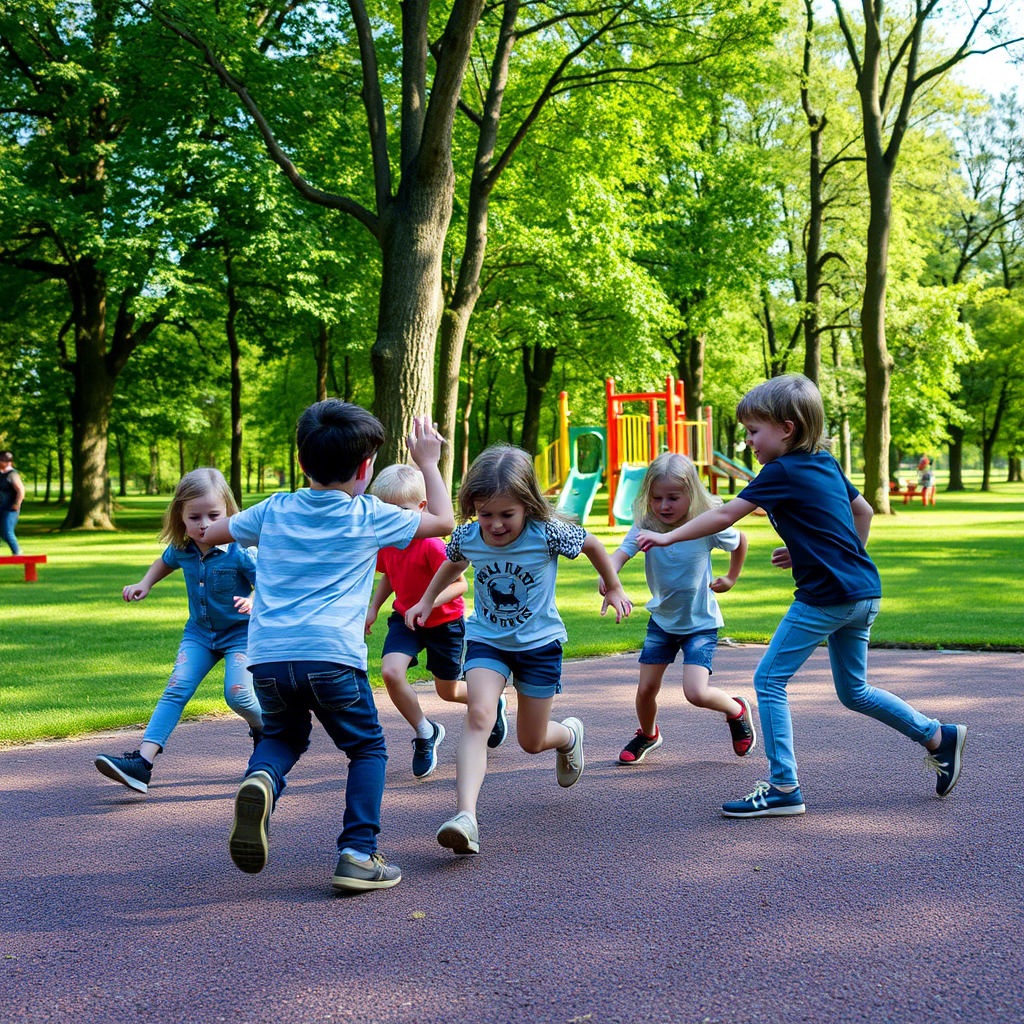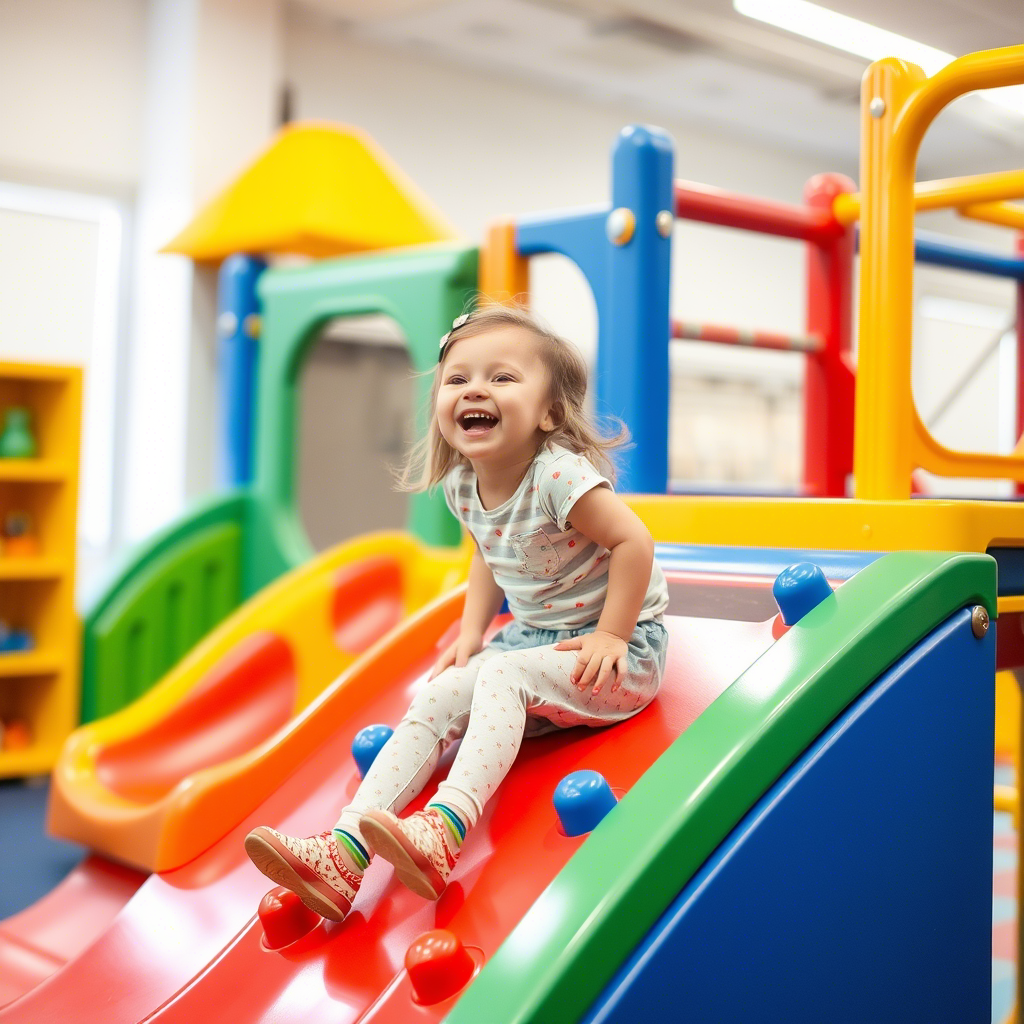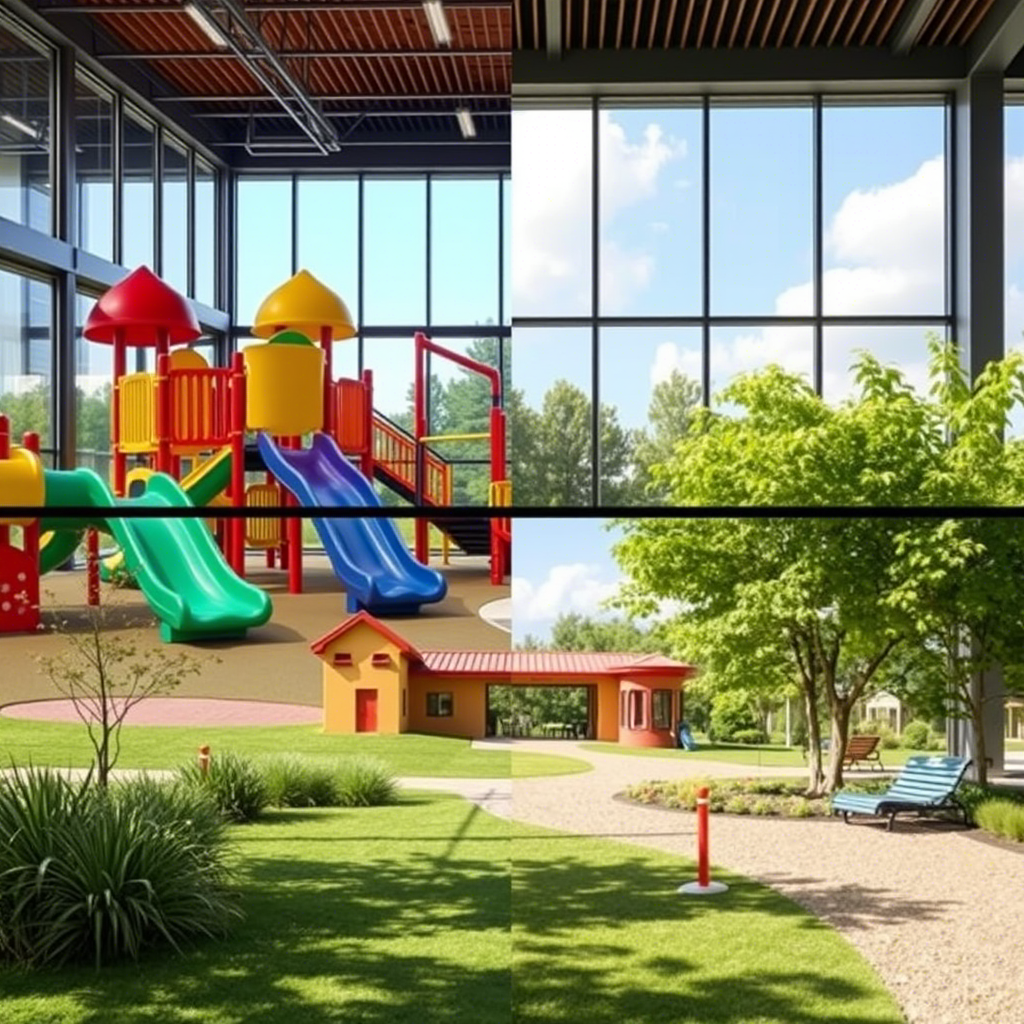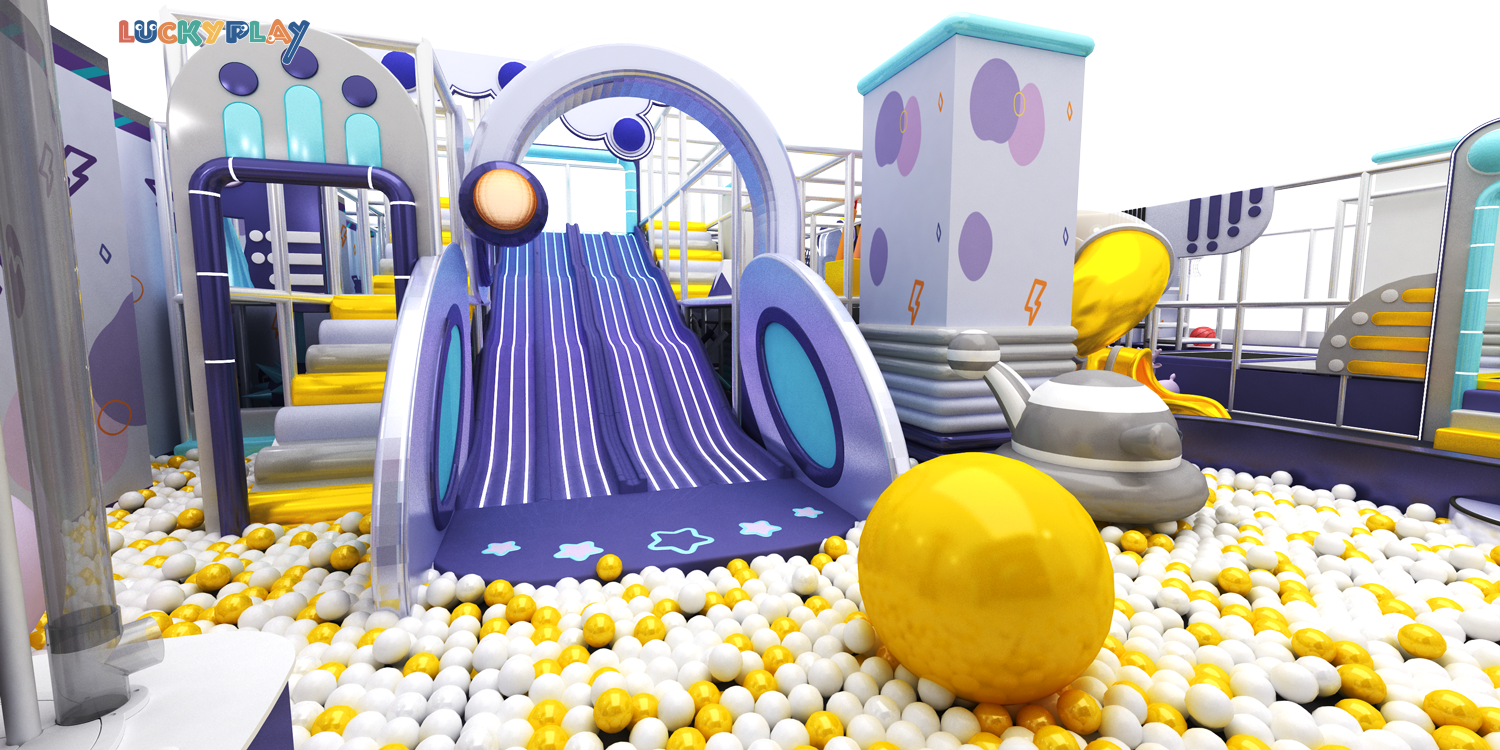Playgrounds are essential for children’s development, providing a space for physical activity, socialization, and cognitive growth. The debate between indoor and outdoor playgrounds has been ongoing, with each having its unique benefits and drawbacks. Understanding the differences and advantages of each can help parents, educators, and policymakers make informed decisions about the types of play environments they create for children. In this article, we will explore the significance of both indoor and outdoor playgrounds, their benefits, and how they contribute to a child’s overall development.
Environmental and Safety Considerations
Indoor and outdoor playgrounds differ significantly in terms of environmental and safety considerations.
- Outdoor playgrounds are exposed to natural elements such as sunlight, rain, and varying temperatures, which can impact their usability and maintenance. For example, extreme weather conditions may render outdoor playgrounds unusable, whereas indoor playgrounds remain unaffected.
- Outdoor playgrounds often require more maintenance to ensure safety, including regular inspections of equipment and surfaces.

- Indoor playgrounds, on the other hand, provide a controlled environment that is less susceptible to weather conditions, offering a consistent play experience. However, they require adequate ventilation and lighting to maintain a healthy environment.
Physical and Health Benefits
Both indoor and outdoor playgrounds offer unique physical and health benefits for children.
- Outdoor playgrounds encourage children to engage in physical activities such as running, climbing, and exploring nature, which are essential for developing gross motor skills and overall physical fitness. Studies have shown that children who spend more time outdoors tend to have better physical health and lower rates of obesity.
- Indoor playgrounds also promote physical activity through play equipment like climbing structures and interactive games. They provide a safe space for children to expend energy, especially during inclement weather. For more information on indoor playground equipment, you can visit https://www.eluckyplay.com/.
- A balanced approach that includes both indoor and outdoor play can provide children with a comprehensive range of physical activities.
Social and Cognitive Development
Playgrounds, whether indoor or outdoor, play a crucial role in children’s social and cognitive development.
- Outdoor playgrounds often facilitate more diverse and imaginative play, as children are encouraged to explore and interact with their natural surroundings. This can enhance creativity and problem-solving skills.
- Indoor playgrounds, with their structured play equipment, can foster social skills such as cooperation and communication among children as they engage in group play.

- Both environments provide opportunities for children to develop emotional resilience and learn to navigate different social situations.
Accessibility and Inclusivity
The accessibility and inclusivity of playgrounds are critical factors in ensuring that all children can benefit from play.
- Outdoor playgrounds can be designed to be more inclusive by incorporating accessible pathways, transfer stations, and adaptive play equipment. This allows children of all abilities to participate.
- Indoor playgrounds can also be designed with inclusivity in mind, featuring equipment and facilities that cater to children with different needs. For example, sensory-friendly areas can be particularly beneficial for children with sensory processing disorders.
- Ensuring that both indoor and outdoor playgrounds are accessible can help promote equality and provide all children with the opportunity to engage in play.
Maintenance and Cost Considerations
The maintenance and cost associated with indoor and outdoor playgrounds vary significantly.
- Outdoor playgrounds generally require more maintenance due to exposure to the elements, which can lead to higher long-term costs. Regular inspections and repairs are necessary to ensure safety.
- Indoor playgrounds, while having lower maintenance needs related to weather, require significant initial investment in equipment and facilities. They also incur ongoing costs such as utilities and staffing. For those looking to invest in high-quality indoor playground equipment, options are available at https://www.eluckyplay.com/products/.
- Understanding these costs is essential for planning and budgeting for playgrounds.
Comparison and Conclusion
When comparing indoor and outdoor playgrounds, it’s clear that both have their unique advantages.

In conclusion, the choice between indoor and outdoor playgrounds is not necessarily an either-or decision. Both types of playgrounds offer distinct benefits that can contribute to a child’s development. By understanding these differences and incorporating elements of both into play environments, we can provide children with a well-rounded play experience that supports their physical, social, and cognitive growth. Ultimately, a balanced approach that includes both indoor and outdoor play can help ensure that children receive the full range of benefits that play has to offer.







